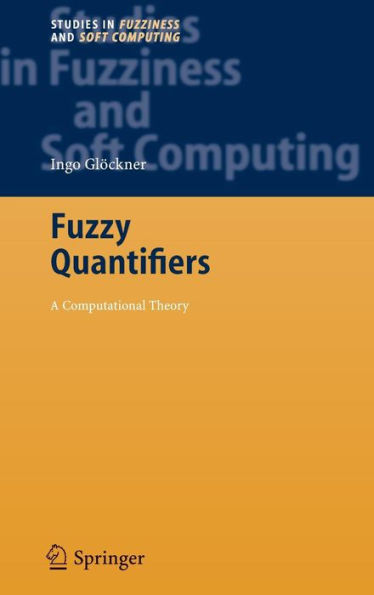5
1
9783540296348



Fuzzy Quantifiers: A Computational Theory / Edition 1 available in Hardcover, Paperback

Fuzzy Quantifiers: A Computational Theory / Edition 1
- ISBN-10:
- 3540296344
- ISBN-13:
- 9783540296348
- Pub. Date:
- 03/03/2006
- Publisher:
- Springer Berlin Heidelberg
- ISBN-10:
- 3540296344
- ISBN-13:
- 9783540296348
- Pub. Date:
- 03/03/2006
- Publisher:
- Springer Berlin Heidelberg

Fuzzy Quantifiers: A Computational Theory / Edition 1
$169.99
169.99
In Stock

Product Details
| ISBN-13: | 9783540296348 |
|---|---|
| Publisher: | Springer Berlin Heidelberg |
| Publication date: | 03/03/2006 |
| Series: | Studies in Fuzziness and Soft Computing , #193 |
| Edition description: | 2006 |
| Pages: | 460 |
| Product dimensions: | 6.10(w) x 9.25(h) x (d) |
About the Author
From the B&N Reads Blog
